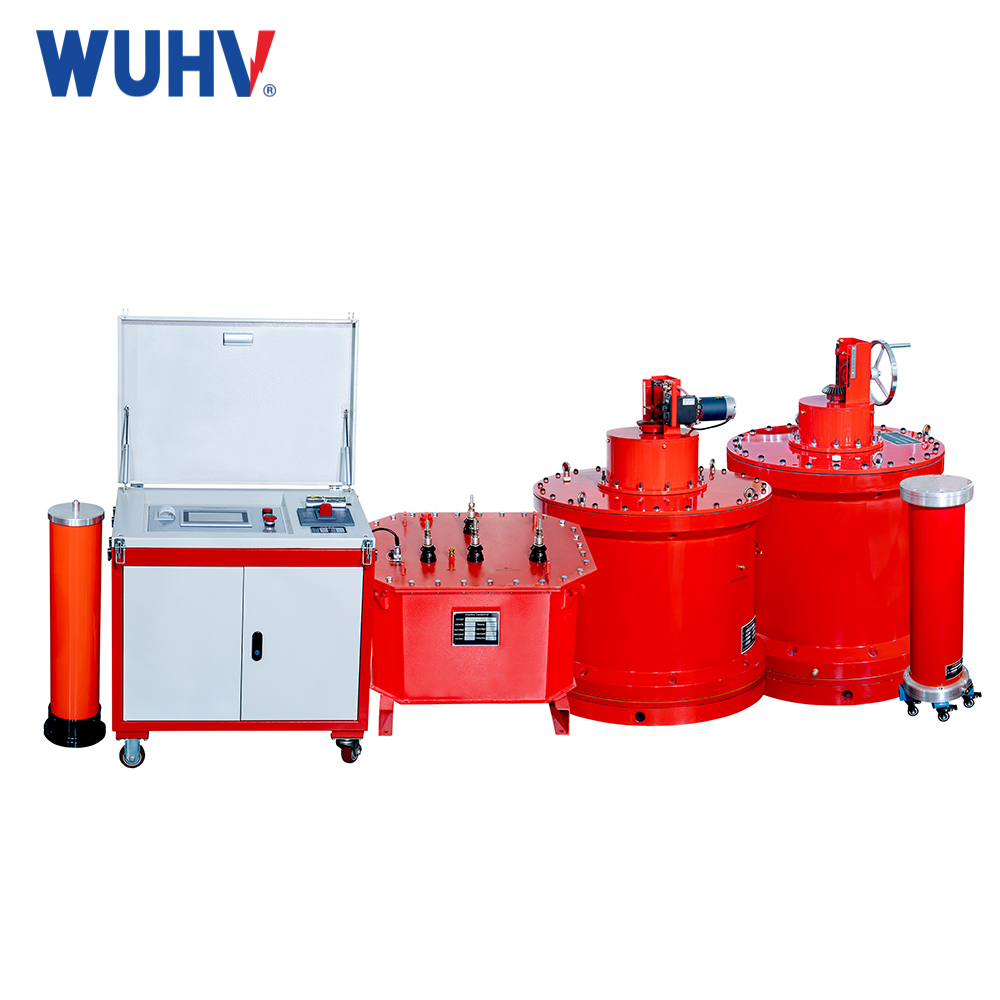Analysis of the working principle of voltage withstand test for frequency conversion series resonance
In today's series resonant frequency voltage test, we first introduce the principle of the composite:
The complete set of equipment for a resonant structure test system using frequency conversion technology is mainly composed of a frequency converter controller, excitation transformer, high-voltage reactor, high-voltage voltage divider, etc. Variable frequency controllers are divided into two categories: desktop controllers with 20KW and above, and portable box type controllers with 20KW and below; composed of controllers and filters .
The main function of a frequency controller is to have a fixed amplitude and adjustable amplitude and frequency sine wave with a frequency of 380V or 200V sine alternating current. And provide a power source for the development of the entire equipment. The exciter frequency power transformer is used to increase the output voltage to a suitable test voltage. The high-voltage reactor L is an important component of the resonant circuit. When the power supply frequency can be equal to 1/(2 π√ LCX), it undergoes series resonance with the test sample CX.
Variable frequency series resonant large capacity electrical equipment (such as large generator sets, power transformers, power capacitors, GIS, power cables, etc.) Within a certain frequency range, insulation tolerance and power frequency withstand voltage have a certain equivalence, which provides the possibility of using the inductance of the frequency conversion test device in series with the capacitance of the test sample to generate the resonant voltage for AC withstand voltage testing. Moreover, due to the low and light excitation voltage of the test device, it is very convenient to use on the construction site. Explain the principle and experience of the series resonance characteristics of the testing device in practical applications.




















